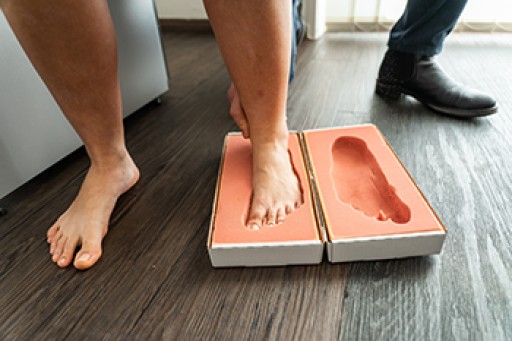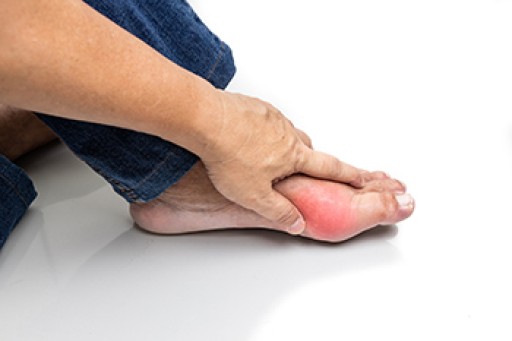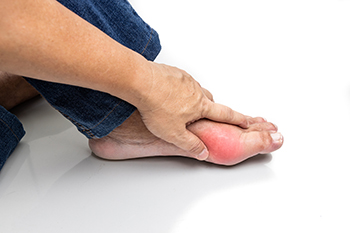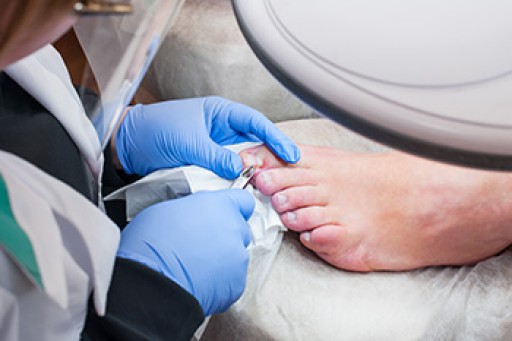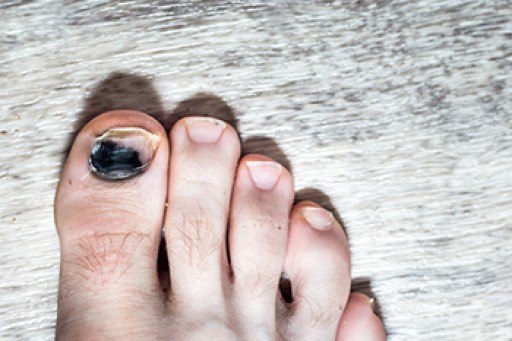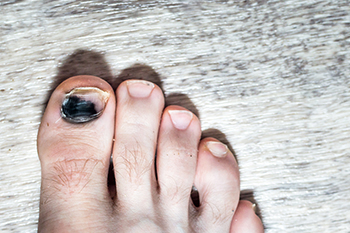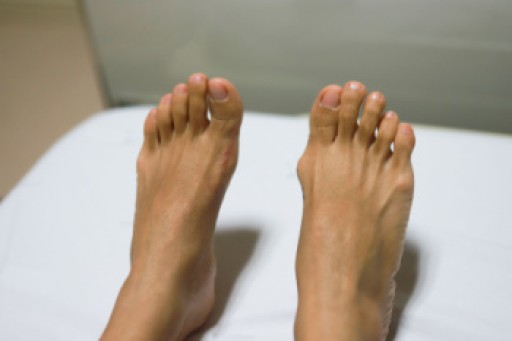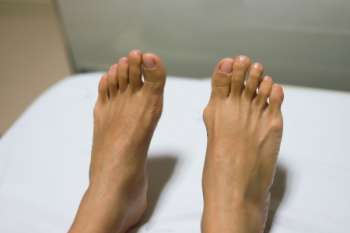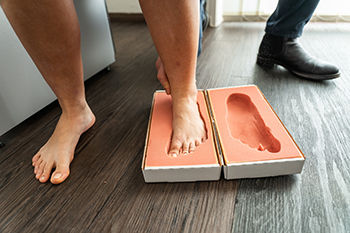
Custom-made orthotics represent precision-crafted foot supports uniquely designed to cater to individual needs. These specialized inserts are meticulously fashioned to address a variety of foot ailments and abnormalities. From flat feet to high arches, custom orthotics provide targeted support, redistributing pressure and correcting imbalances to alleviate pain and enhance comfort. They serve as indispensable allies in the treatment of conditions, such as plantar fasciitis, bunions, and Achilles tendonitis, offering relief from debilitating symptoms and fostering improved mobility. Beyond mere symptom management, custom orthotics play a proactive role in preventing injuries and slowing the progression of chronic foot conditions. By promoting proper alignment and supporting optimal biomechanics, they empower individuals to regain control over their foot health and lead active, pain-free lifestyles. A podiatrist is the type of doctor who can prescribe custom-made orthotics. If you have foot pain, it is strongly suggested that you consult this type of healthcare professional who can determine the cause and discuss whether custom-made orthotics are right for you.
If you are experiencing discomfort in your feet and would like to try custom orthotics, contact one of our podiatrists from Foot & Ankle Centers of Charlotte County . Our doctors can provide the care you need to keep you pain-free and on your feet.
What Are Custom Orthotics?
Custom orthotics are inserts you can place into your shoes to help with a variety of foot problems such as flat feet or foot pain. Orthotics provide relief and comfort for minor foot and heel pain.
Over-the-Counter Inserts
Shoe inserts come in a wide variety and are used to treat foot pain, heel pain, and minor problems. For example, arch supports can be inserted into your shoes to help correct overarched or flat feet, while gel insoles are often used because they provide comfort and relief from foot and heel pain by alleviating pressure.
Prescription Orthotics
If over-the-counter inserts don’t work for you or if you have a more severe foot concern, it is possible to have your podiatrist prescribe custom orthotics. These high-quality, custom inserts are designed to treat problems such as abnormal motion, plantar fasciitis, and severe forms of heel pain. They can even be used to help patients suffering from diabetes by treating foot ulcers and painful calluses and are usually molded to your feet individually, which allows them to provide full support and comfort.
If you're experiencing minor to severe foot or heel pain, it’s recommended to speak with your podiatrist about the possibility of using custom orthotics or shoe inserts. A podiatrist can determine which type of custom orthotic or shoe insert is right for you and help you take the first steps toward being pain-free.
If you have any questions please contact our offices located in Punta Gorda and Port Charlotte, FL . We offer the newest diagnostic and treatment technologies for all your foot and ankle needs.
